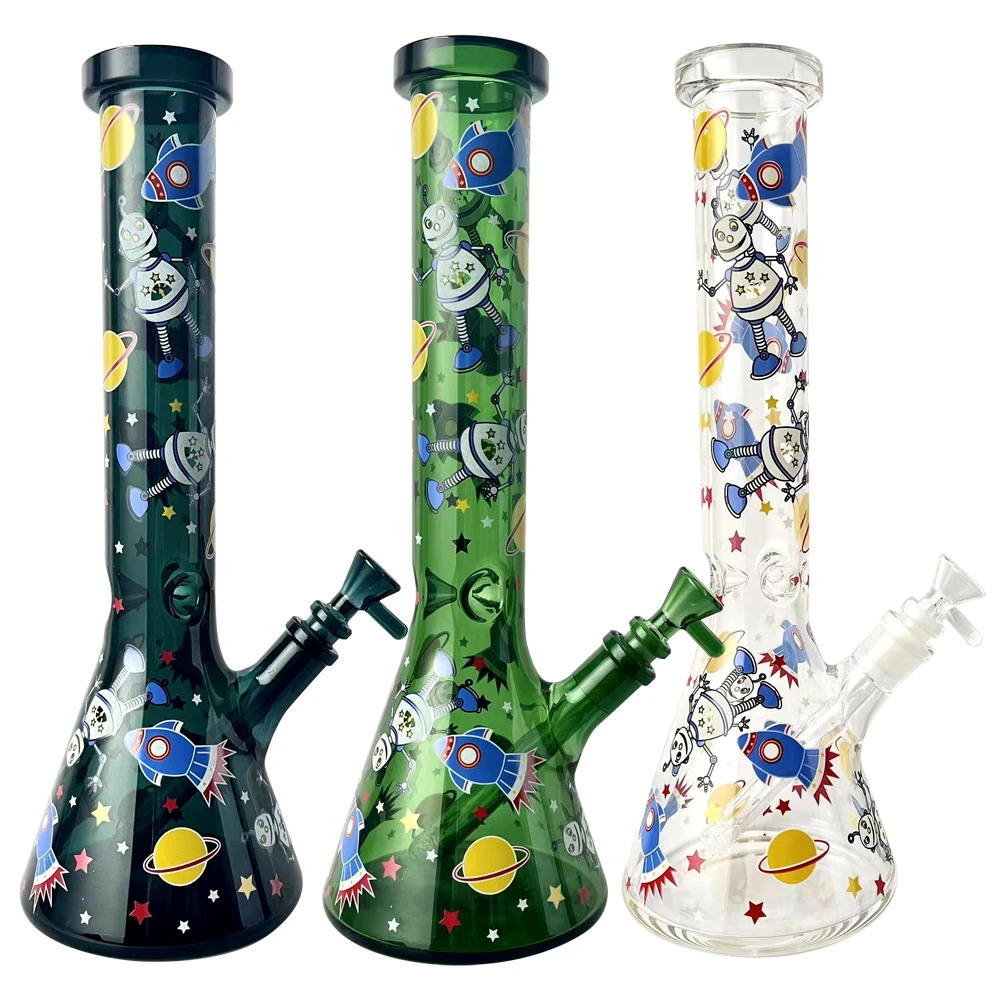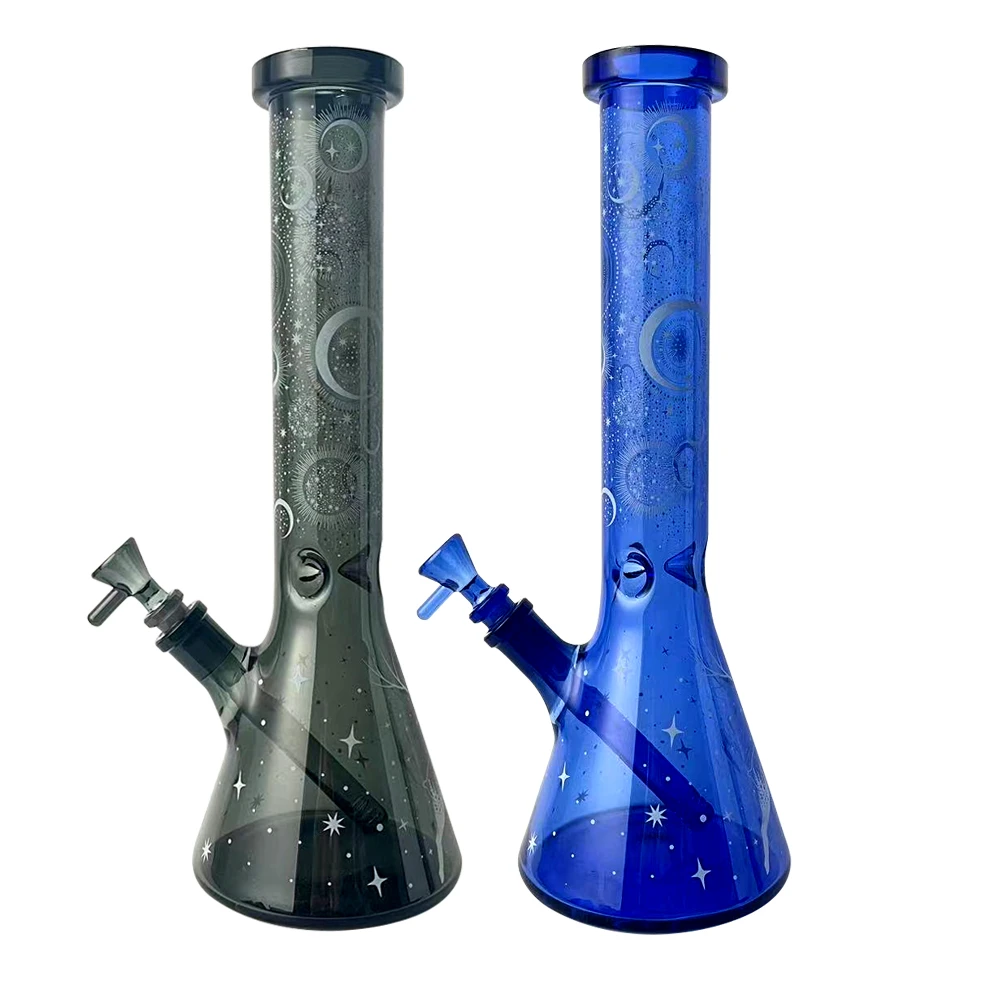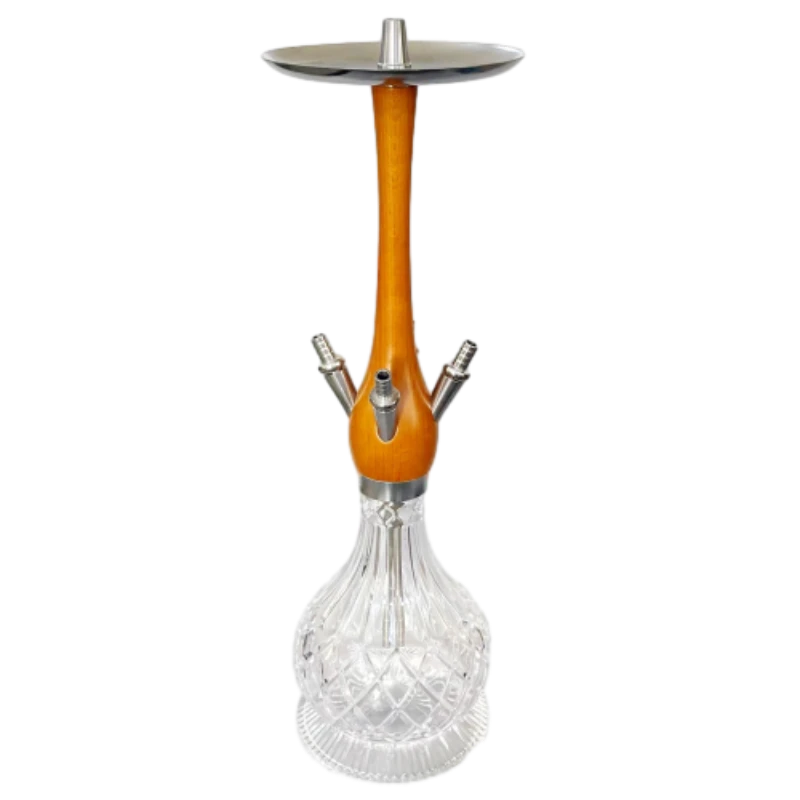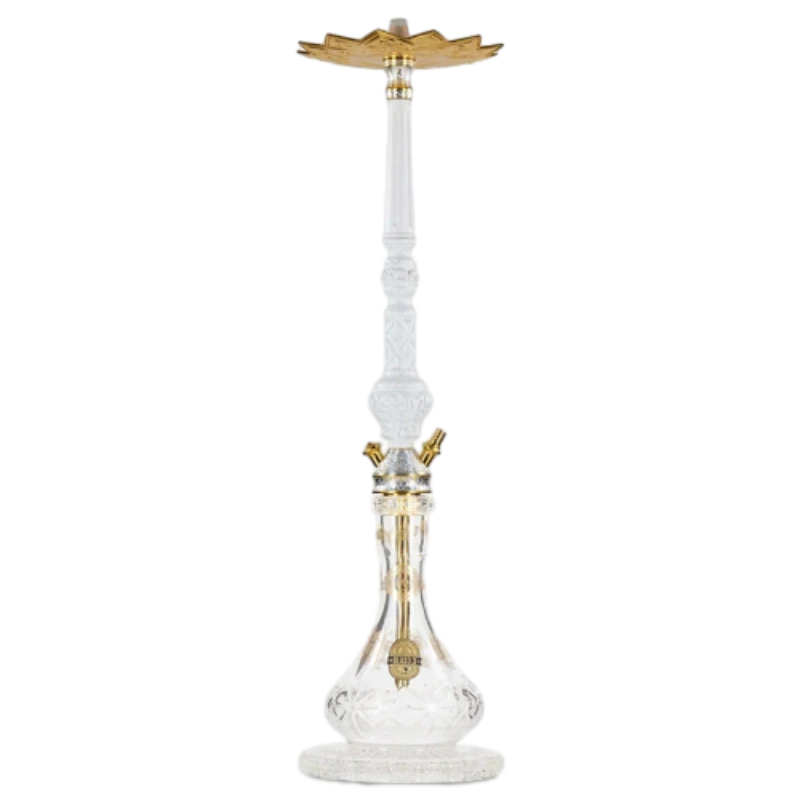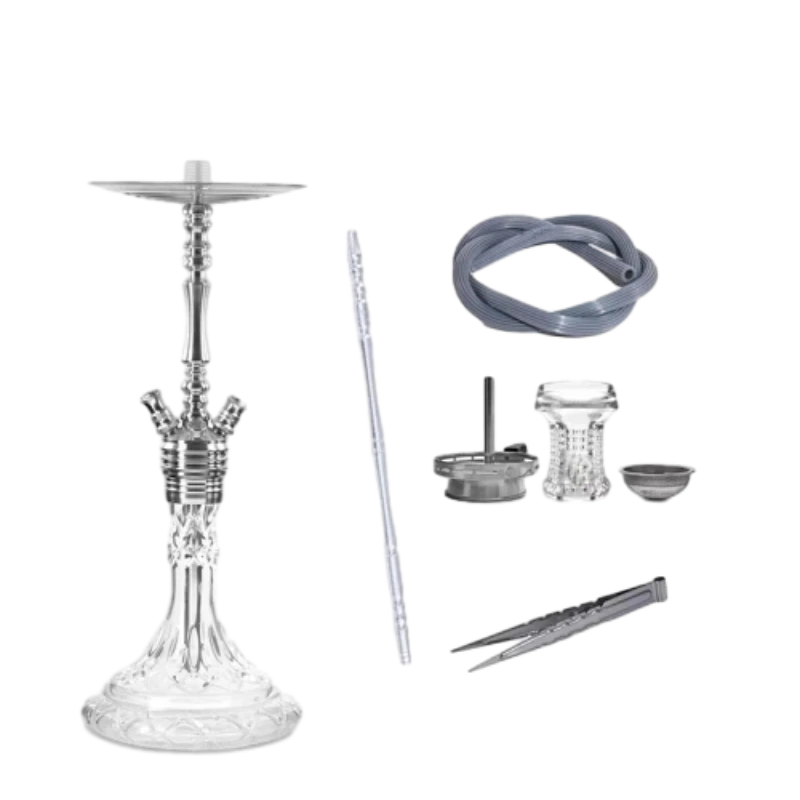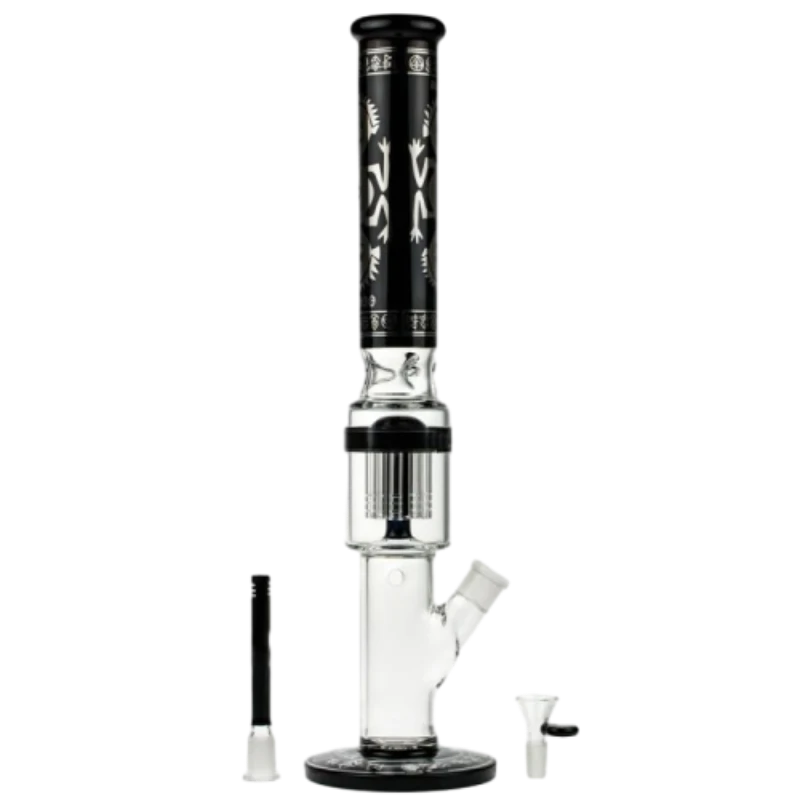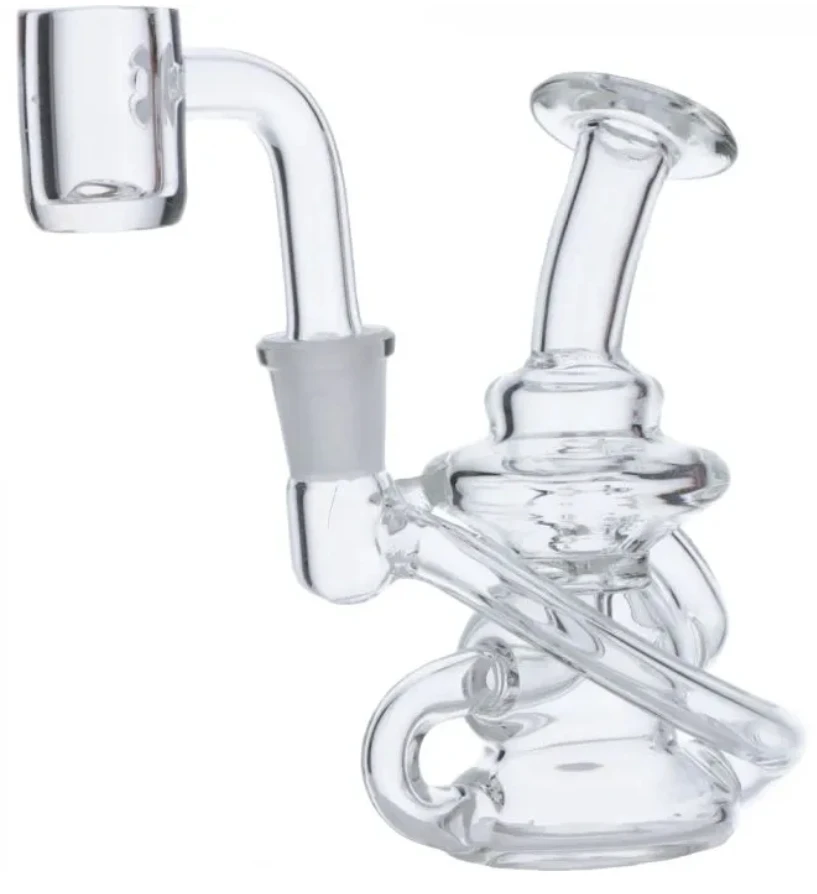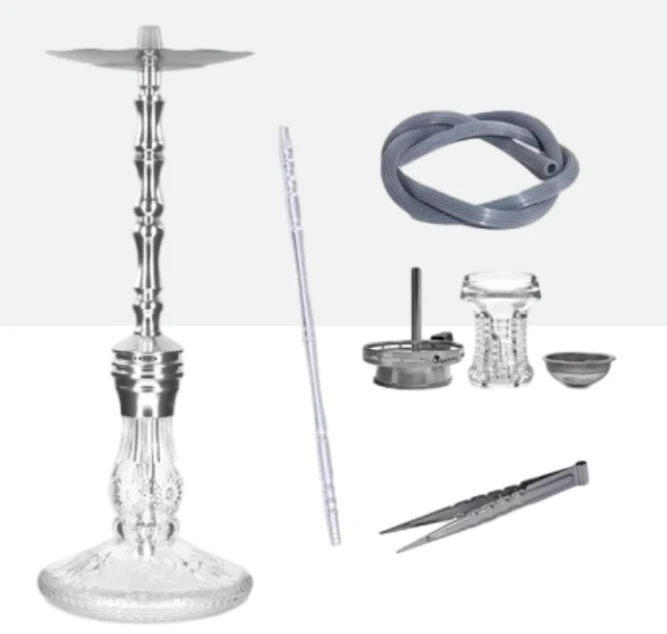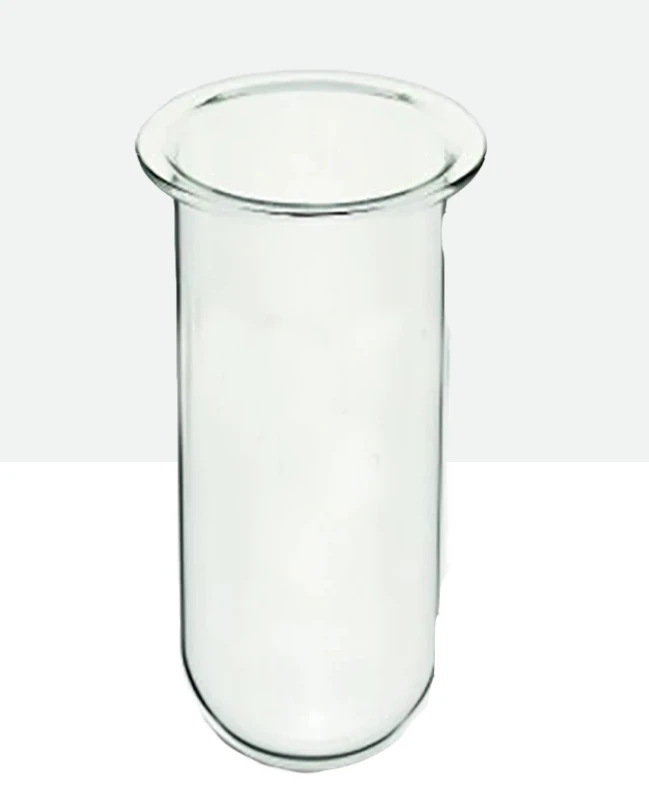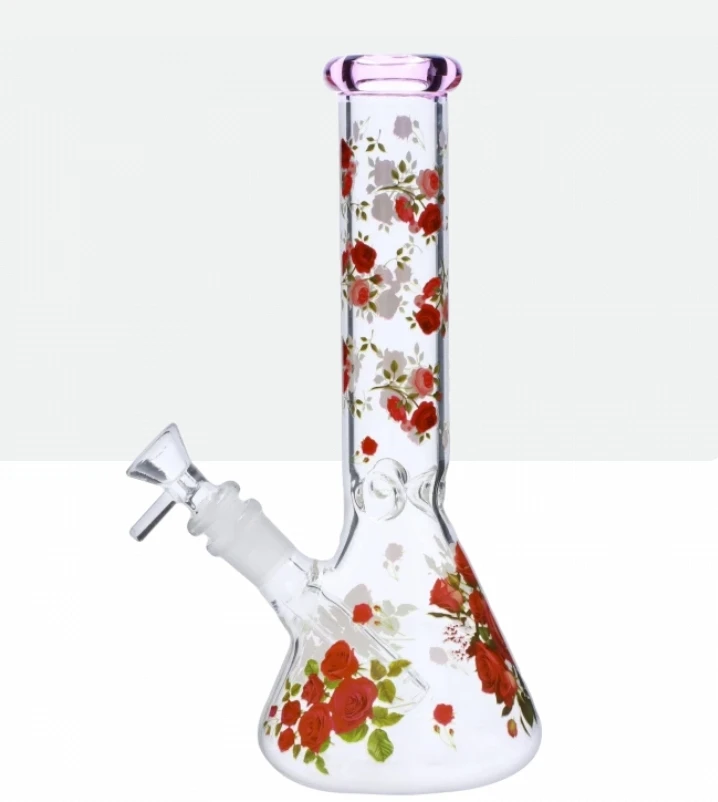Understanding Dissolution Vessels in Pharmaceutical Analysis
Dissolution testing is a critical quality control measure in the pharmaceutical industry, providing essential insights into a drug's release characteristics. At the heart of this process lies the dissolution vessel, a meticulously designed component that ensures precise and reproducible results. The choice of the right dissolution vessel significantly impacts the accuracy and reliability of dissolution studies, influencing everything from R&D to quality assurance. Advanced designs, such as the peak vessel for dissolution, are engineered to optimize hydrodynamics, minimize light interference, and maintain sample integrity, addressing common challenges faced by analysts.
Industry trends indicate a growing demand for specialized dissolution apparatus capable of handling sensitive compounds and meeting increasingly stringent regulatory requirements. This includes innovations in material science, improved manufacturing precision, and enhanced features for specific analytical needs, such as low-light sensitivity or superior chemical resistance. The evolution of dissolution vessels aims to provide greater accuracy, efficiency, and compliance for pharmaceutical manufacturers worldwide, ensuring the consistent quality and performance of drug products.
Key Technical Parameters and Specifications
The performance of any dissolution test hinges on the precise technical specifications of its vessels. Parameters like volume, material composition, dimensions, and light reactivity are paramount. For instance, a common standard is the 500ml dissolution vessel, but specialized applications may require larger volumes like 1000ml or even smaller micro-vessels. The material, typically borosilicate glass, must offer excellent chemical resistance and thermal stability. For light-sensitive compounds, vessels with specific light-blocking properties are essential, such as the EaseAlign PEAK 1000 mL Low-Light Reactive Red Dissolution Vessel.
Below is a comparative table highlighting key technical parameters often considered when selecting dissolution vessels, illustrating the differences between standard and advanced options like a specialized peak vessel for dissolution.
| Parameter | Standard Borosilicate Vessel | EaseAlign PEAK 1000 mL Low-Light Reactive Red Dissolution Vessel |
|---|---|---|
| Volume Capacity | 500 ml, 1000 ml | 1000 ml |
| Material | Type I Borosilicate Glass (USP/ASTM E438) | Low-Light Reactive Red Borosilicate Glass |
| Light Transmission | High (Transparent) | Extremely Low (Blocks UV/Visible Light up to ~550nm) |
| Hydrodynamic Performance | Meets USP/EP/JP specifications | Optimized for enhanced fluid dynamics, minimizes dead spots |
| Manufacturing Tolerances | Standard (± 1-2 mm for key dimensions) | High Precision CNC Machining (± 0.1-0.2 mm) |
| Typical Application | General dissolution testing | Light-sensitive APIs, sustained-release formulations, highly potent drugs |
These specifications are crucial for meeting regulatory compliance and ensuring the comparability of dissolution data across different batches and studies. The specialized properties of the EaseAlign PEAK 1000 mL Low-Light Reactive Red Dissolution Vessel provide a distinct advantage for sensitive compounds where light exposure can compromise results.
Precision Manufacturing of Dissolution Vessels
The manufacturing of a high-quality peak vessel for dissolution is a complex process demanding unparalleled precision and adherence to strict quality controls. It typically begins with high-purity borosilicate glass, selected for its inertness, thermal shock resistance, and excellent optical properties. The fabrication often involves a combination of advanced techniques to achieve the exact dimensions and uniformity required by pharmacopeial standards (e.g., USP, EP, JP).
The process flow often includes precision glassblowing, followed by sophisticated CNC (Computer Numerical Control) machining to ensure exact vessel geometry, including hemisphere radius, wall thickness, and flange dimensions. This level of automation guarantees consistency batch-to-batch, critical for reproducible dissolution results. Post-machining, vessels undergo annealing to relieve internal stresses, enhancing durability and prolonging service life, which can extend for many years under proper care. Each vessel then undergoes rigorous quality assurance, including optical inspection for clarity and absence of defects, dimensional verification using calibrated instruments, and compatibility testing. Adherence to international standards like ISO 17025 for calibration and ISO 9001 for quality management systems is paramount, ensuring that each dissolution vessel function optimally from the first use.
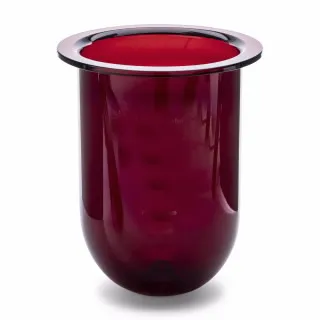
Beyond pharmaceutical applications, these high-precision glass components find utility in various sectors requiring controlled dissolution or reaction environments, such as specialized chemical research, material science, and even environmental analysis. The superior chemical resistance of borosilicate glass makes them ideal for industries dealing with aggressive media, like petrochemical research or advanced metallurgy, where corrosion resistance is critical. In such scenarios, the longevity and consistent performance of a well-manufactured vessel translate directly into operational efficiency and reduced material costs, offering significant long-term advantages over less durable alternatives.
Application Scenarios and Strategic Advantages
Broad Spectrum of Use for Dissolution Vessels
The primary application of dissolution vessels is in pharmaceutical quality control and research and development, particularly for solid oral dosage forms. They are indispensable for R&D departments in optimizing formulations, for quality assurance teams in batch release testing, and for stability studies to monitor drug product performance over time. Beyond pharmaceuticals, their robust design and precise manufacturing enable use in other scientific and industrial settings. For instance, in agrochemical development, they can be used to study the dissolution rates of pesticides or fertilizers. In environmental science, they might aid in analyzing the leaching of contaminants from solid matrices. The versatility of a well-engineered peak vessel for dissolution makes it a foundational tool across various analytical disciplines.
Key Technical and Operational Advantages
- Enhanced Precision & Reproducibility: Advanced manufacturing techniques, including stringent CNC control, ensure that each vessel adheres to exact pharmacopeial specifications. This minimizes variability between vessels, leading to more reproducible dissolution results and increased confidence in data.
- Optimized Hydrodynamics: The internal geometry of premium dissolution vessels is meticulously designed to create optimal fluid flow patterns, eliminating dead spots and ensuring uniform mixing. This is crucial for accurate simulation of in vivo dissolution.
- Material Superiority: Utilizing Type I borosilicate glass ensures high chemical resistance to a wide range of solvents and reagents, preventing material degradation and sample contamination. For light-sensitive APIs, specialty glass like the low-light reactive red variant significantly reduces light exposure, preserving compound integrity.
- Durability and Longevity: Proper annealing and robust design contribute to a longer service life, reducing the frequency of replacement and associated costs. Our vessels are designed for continuous, rigorous use in demanding laboratory environments.
- Regulatory Compliance: Vessels manufactured to meet or exceed USP, EP, and JP standards simplify regulatory submissions and audits, demonstrating a commitment to quality and compliance. Our products come with documentation supporting their adherence to these critical guidelines.
These combined advantages underscore why investing in high-quality dissolution vessels, such as the EaseAlign PEAK 1000 mL Low-Light Reactive Red Dissolution Vessel, is a strategic decision for laboratories prioritizing accuracy, efficiency, and long-term cost-effectiveness.
Ensuring Trust and Authority: Our Commitment
Quality Assurance and Certifications
Our dedication to quality is demonstrated through comprehensive certification and testing protocols. All dissolution vessels, including the advanced EaseAlign PEAK 1000 mL Low-Light Reactive Red Dissolution Vessel, are manufactured under ISO 9001 certified quality management systems. Dimensional accuracy and conformance to USP and (Pharmacopeial General Chapters) are verified through rigorous in-house testing using calibrated equipment traceable to national standards. This meticulous approach ensures that every peak vessel for dissolution we supply meets or exceeds the most demanding industry requirements. Our long-standing partnerships with leading pharmaceutical companies, some spanning over a decade, are a testament to our consistent product quality and reliable service.
Customer Support and Warranty
We stand behind the quality of our products with a robust warranty program. All EaseAlign dissolution vessels come with a standard 12-month warranty against manufacturing defects, underscoring our confidence in their durability and performance. Our dedicated customer support team is available to assist with technical queries, product selection, and post-purchase support, ensuring a seamless experience. We understand the critical nature of dissolution testing, and our goal is to provide reliable tools and responsive service. Furthermore, we offer flexible delivery schedules, typically with a lead time of 2-4 weeks for standard orders, and are capable of managing expedited requests when necessary, ensuring your operations remain uninterrupted.
Frequently Asked Questions (FAQ)
- Q: What is the typical service life of your dissolution vessels?
A: With proper handling and cleaning, our borosilicate glass vessels are designed for a service life exceeding 5 years. Regular inspection for scratches or chips is recommended. - Q: Are your vessels compatible with all major dissolution apparatus brands?
A: Yes, our vessels are manufactured to universal pharmacopeial dimensions, ensuring compatibility with most dissolution testing apparatus from leading manufacturers. Specific compatibility details can be provided upon request. - Q: Can you provide custom sizes or designs?
A: We offer custom manufacturing solutions for specific research or application needs. Please contact our sales team with your detailed specifications for a tailored quotation and lead time. - Q: How do you ensure the low-light reactivity of the red vessels?
A: Our low-light reactive red vessels utilize a specialized glass formulation that effectively blocks UV and visible light up to approximately 550nm, protecting light-sensitive compounds during dissolution testing. Each batch is tested for light transmission properties.
Authoritative References
- The United States Pharmacopeia (USP) - General Chapter Dissolution.
- The European Pharmacopoeia (Ph. Eur.) - 2.9.3. Dissolution Test for Solid Dosage Forms.
- International Organization for Standardization (ISO) - ISO 9001 Quality Management Systems.
- Guidance for Industry: Dissolution Testing of Immediate Release Solid Oral Dosage Forms (FDA).
- AAPS PharmSciTech - Journal focusing on pharmaceutical sciences and technology.
Previous
This is the first article








